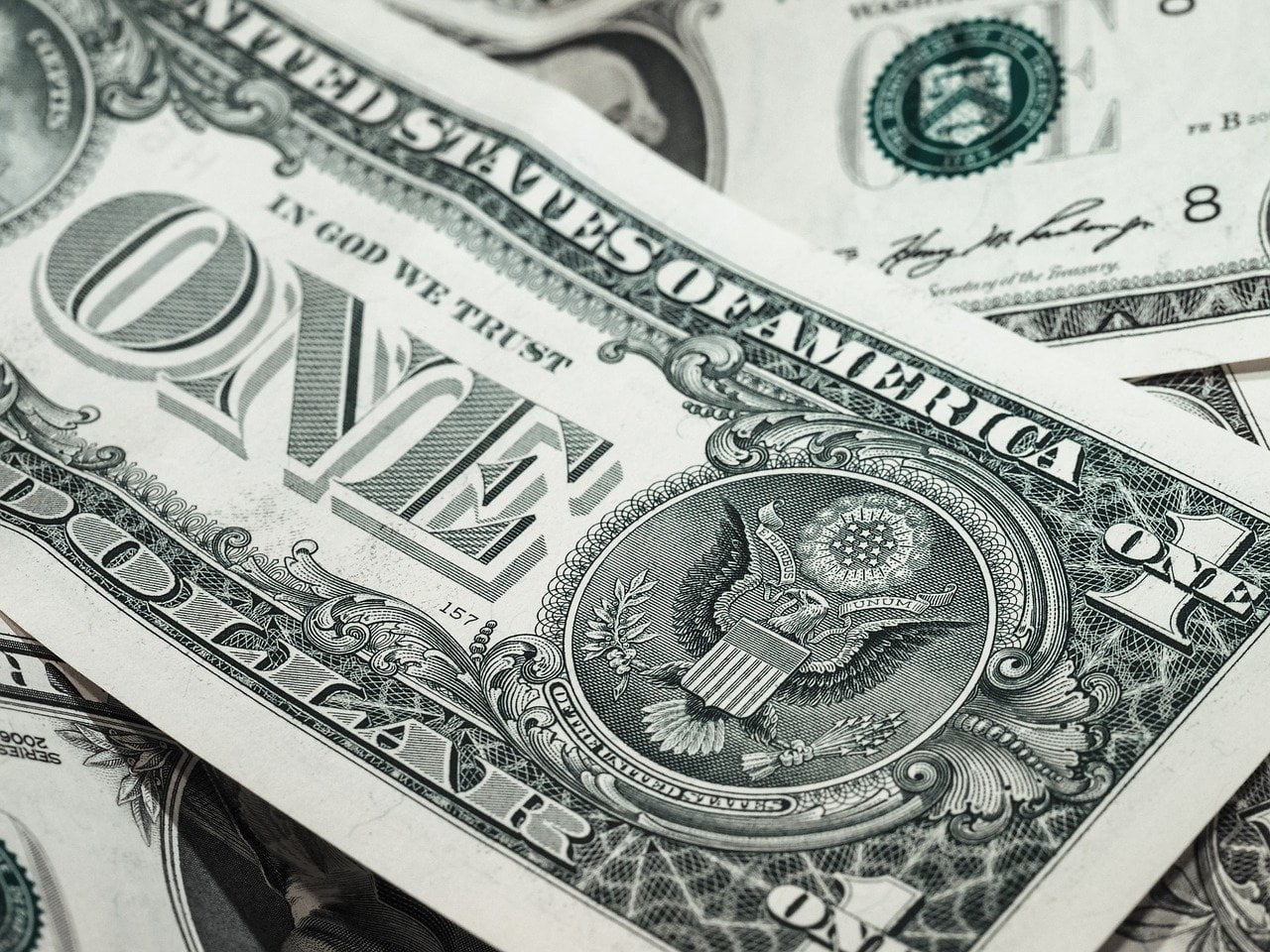Sending money isn’t what it used to be: you no longer even have to leave the comfort of your home to have cash delivered into a family member’s hands thousands of miles away. Digital banks have also seen a similar revolution, allowing you to open a bank account from the comfort of your couch all from your phone. These 2 financial revolutions aren’t that different and a combination of these 2 technologies could lead to the future of both: will digital remittance services become the banks of tomorrow?
Q3 2021 hedge fund letters, conferences and more
Could Digital Remittances Adopt The Unbanked?
In many countries around the world, including the United States, the percentage of unbanked and underbanked citizens is surprisingly high. The US has an unbanked rate of over 6%, while Egypt, the Philippines, Mexico, China and India have approximate unbanked percentages of 67%, 66%, 63%, 20% and 20%, respectively. These are also the 5 largest receivers of remittances, globally, with India being the largest with more than US$80 billion received annually.
Countries that receive large amounts of remittances and have large unbanked populations are ripe for change, especially with digital remittance infrastructures growing. As Internet and mobile phone access perpetually increase on a global scale, digital services should be expected to grow alongside them. Traditional banking and remittance infrastructures have stopped rapidly expanding, or in the case of unbanked populations, are no longer accessible for a diverse collection of reasons.
Companies such as Wise (formerly TransferWise) and PayPal are bridging the gap between these 2 financial services, offering both money transfers and digital banking services to customers. By coupling their services together, these companies are reducing the need for their customers to rely on numerous products to achieve a larger goal: receive and store money. In the past, if you were unbanked, receiving money meant receiving cash, which isn’t always a safe option. Now, instead of ever having to touch cash, it is possible to receive and spend a money transfer through your phone, all without having to have a traditional bank account at a bricks-and-mortar bank.
Digital services are able to throw off the shackles of the real world. These services aren’t restricted by the need to open up physical branches when they want to expand into a new area or operate during certain business hours dictated by the needs of local employees. Instead, digital services can shape and mold themselves to fit the niche needs of their customers, which just might be what helps them excel past their physical counterparts.
Future Of Digital Remittances, Hyperspecialization Versus A La Carte
But what shape will the future of digital remittances and banks take? In a report on the future of retail banking, Deloitte believes that “that hyper-personalisation is an imperative, not an option, in a digital economy”. Explaining how: “the combination of smart devices, rapidly-evolving CX (customer service) capabilities and real-time processing of big data, means that new opportunities arise for banks to meet customers’ needs on a highly-personalised and dynamic basis.”
In a report by the Visa Economic Empowerment Institute, the payment giant emphasized that “[d]igital remittances have several advantages. The entry of digital-first MTOs, with their lower fixed costs, helped spur competition and promote intense digitization efforts by the established firms. This reduced costs for consumers. Digital remittances are also sent increasingly outside the traditional correspondent banking system; they increasingly take advantage of new global networks that offer fewer ‘handoffs’, better transparency, faster transfers, and lower costs.” As digital remittance companies carve out a larger market share for themselves they may start to specialize on specific clientele to help highlight their individuality from the competition.
This is already a trend in digital banking, as Elizabeth Barry points out in her piece “Is this the beginning of hyper-personalised digital banks?”, the past few years have seen an increase in banks launching to focus on underrepresented groups. Barry explains that “US bank Daylight, for example, serves the LGBT+ community. Another US bank, First Boulevard, offers ‘unapologetic banking built for Black America’. In Latin America there is Jefa, a bank built for women, while in Germany, Insha has been built to follow Islamic principles.”
But hyper personalization isn’t easy for all businesses to pull off, as The Bio Agency points out. “[H]yper-personalisation is an enormous challenge for traditional financial service providers. Building the 360° customer views needed to create contextual in-the-moment responses requires significant investment in tools and infrastructure.” Digital remittances and banks are better set up to achieve this level of personalization, and remittance companies that cut banks out of the equation and offer a range of personalized services to their customers might be even more successful.
Where Does The Industry Go From Here?
Whether or not digital remittance companies will continue to make the shift to enfold banking services is yet to be seen. But with remittances expected to continue to grow after a positive rebound following COVID-19-related pullbacks, according to the World Bank Group, it would be no surprise if digital remittance companies continued to expand their services on a hyper-personalized level.
For customers in unbanked and underbanked nations, this hyper-personalization of remittances will inevitably include banking options, further reducing their customers’ needs to look elsewhere on their financial journey. Keep a close eye on companies such as Wise and PayPal, as they are at the forefront of this digital finance revolution that might end up answering the pleas for help from the billions of unbanked citizens around the world.
About the Author
Zak Killerman is a writer for Finder specializing in money transfers and cryptocurrencies. He loves dogs as much as he loves helping people make better financial decisions.













